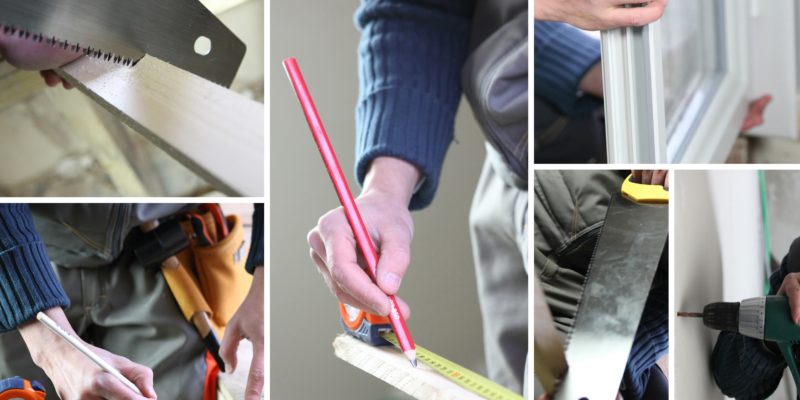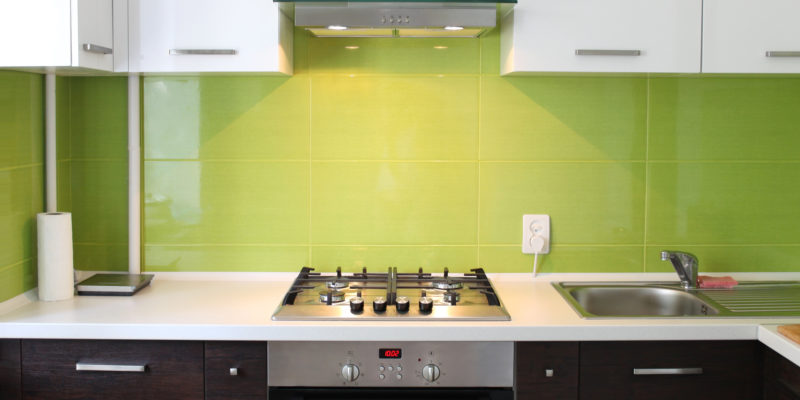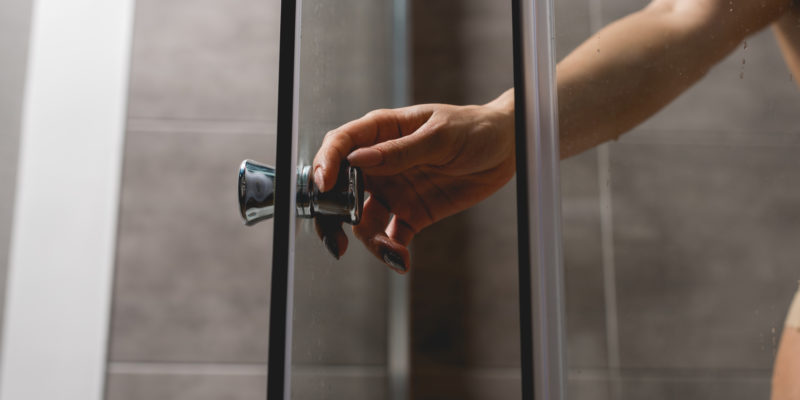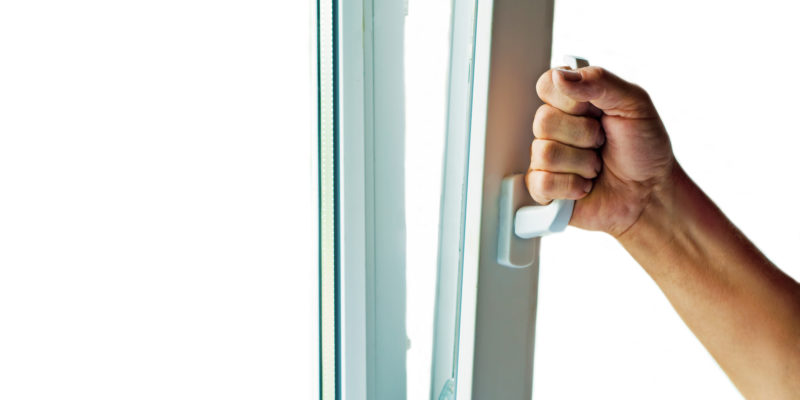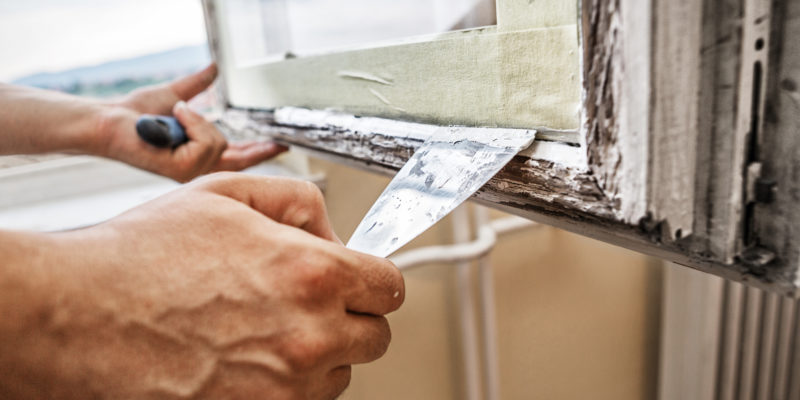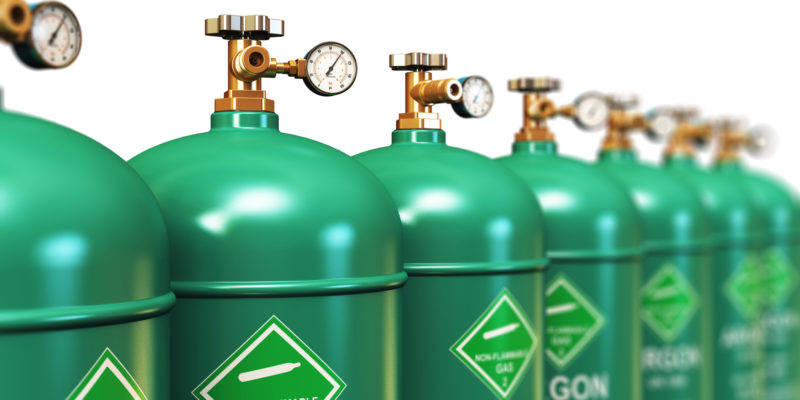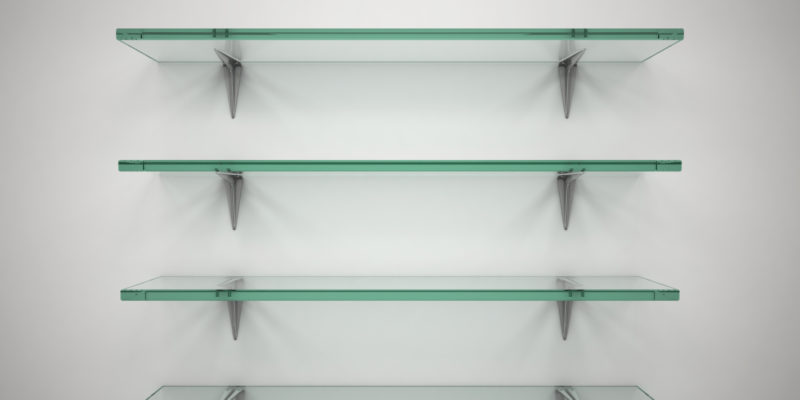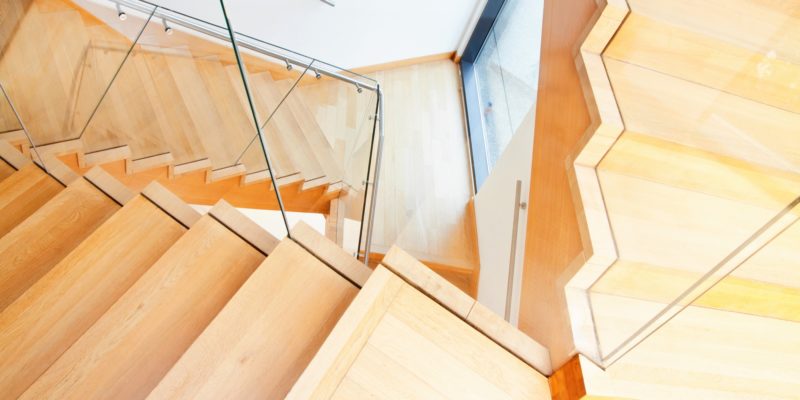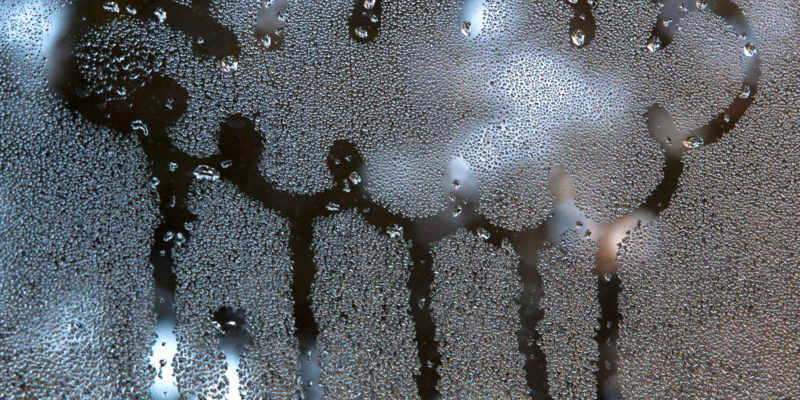It is every home owner’s nightmare to pay out a large sum of money for home improvements such as new double-glazed windows, only to find that the workmanship is not up to scratch or even worse, they don’t meet building regulations. Failure to comply with building regulations could mean the installation is unsafe and may even need to be removed, at the cost of the homeowner. You could even incur a fine from your local authority. This is where FENSA comes in…
But, what is FENSA?
The Fenestration Self-Assessment Scheme (FENSA) is a government-authorised industry standard for self-certification of compliance with Building Regulations. It covers the replacement of external windows, doors, roof windows and roof lights in England and Wales.
Here, we’re going to take a look at all you’ll need to know about FENSA certification, what it is and how it can be obtained.
What is a FENSA certificate?
- When was FENSA introduced?
FENSA was created in response to the new building regulations introduced in April 2002. These require that any new double glazed door, window or roof light installations must comply with those regulations and meet certain thermal performance standards. - When did FENSA certificates start?
FENSA certificates were made compulsory from April 2002. - What is a FENSA registration?
A FENSA registration is held by installers who carry out work and supply products that comply with Building Regulations. Installers can self-certify the works they carry out and register the installation with the local authority on your behalf.
- What is a FENSA guarantee?
A FENSA guarantee is an insurance backed guarantee that can cover the product and installation work for up to 10 years. This guarantee only applies if the installers are FENSA registered and the subsequent work carried out is also registered and certified. This guarantee serves as peace of mind for customers who are paying large sums of money for an installation, and also for home buyers who did not oversee previous work to the property. - What is FENSA approved?
FENSA approved installers can be large national brands or small local companies. All approved installers are regularly assessed to make sure they qualify to meet the required standards. If you use a company that is not FENSA approved, any works that include replacing windows, doors and roof lights will require you to get a certificate from Local Authority Building Control instead.
Do you need a FENSA Certificate?
- Do I need FENSA certificate for replacement windows?
Yes, FENSA certification is needed when replacing any windows, even if they are like-for-like. - Is FENSA required for replacement glass?
No, FENSA certification is not required for replacement glass, however it is always a good idea to have the work completed by a FENSA approved installer, for peace of mind. - Does FENSA apply to wooden windows?
Yes, FENSA compliance extends to all PVCu or wooden/timber windows and doors. - Do I need FENSA for a conservatory?
FENSA only applies to windows and doors of more than 50% glass, on the main part of a building. Any new conservatory, orangery will not be covered by FENSA and will need to go through the local authority Building Control Process. - Are FENSA certificates required for listed buildings?
If you live in a property that is a Listed Building and wish to replace your windows, this would fall under the jurisdiction of the relevant Local Authority. Therefore, planning permission would be required and the installation cannot be registered with FENSA. - Does FENSA apply to internal doors?
FENSA applies to external windows and doors. However, if a NEW doorway opening is to be created this will need to go through local authority Building Controls. - Is FENSA required for single glazing?
Whether a window is single glazed or double glazed, the replacement installation still has to meet the building regulations and meet thermal performance standards. Meeting thermal standards alone may indicate that double glazing is the preferential replacement.
- Who issues FENSA certificates?
Registered FENSA installers will issue you with a FENSA certificate on completion and register the work with the local authority. If you have used a non-FENSA installer, or completed the work yourself, you will have to apply directly to the local authority who will need to inspect the work before issuing the certificate. - How to obtain a FENSA certificate.
If you have work carried out by a FENSA approved installer, they will register the completed work with your local authority and the certificate should arrive 2-4 weeks after completion. If you are looking for a replacement for a lost certificate, you can contact FENSA and obtain a copy for a £25 fee. - How to get a FENSA certificate from the council.
If you have had work carried out by a non-FENSA registered installer, or have completed an installation yourself, you need to go through your local authority Building Control process to get the work signed off. If the installation meets the requirements, the certificate will usually take up to 2 months to arrive.
How much does a FENSA certificate cost?
If you use a FENSA approved installer to carry out the work for you, you will not pay anything for the certificate. If however you use a non-FENSA approved installer, or carry out an installation yourself, you will have to obtain approval on the work from your local authority Building Control, who will charge a fee. If you are looking to replace a lost certificate, the charge is currently £25.
How to become FENSA registered
If you’re a window fitter and would like to become a FENSA approved installer, this can be done directly through the FENSA website.
There will be a one-off application fee to pay, and then ongoing fees determined by the number of jobs your company completes annually. more details of which can be found, here.
FENSA installers are pre-approved for adhering to building regulations. They should offer an insurance-backed 10 year guarantee as a minimum on all work carried out.
So, for peace of mind and a quicker sign-off on an installation, it is always best to have your windows and doors fitted by a FENSA approved installer.

